The trade relationship between China and the Philippines has flourished in recent years, becoming a cornerstone for economic growth between the two nations. In 2022, China accounted for over 23% of the Philippines’ total trade, solidifying its status as the largest trading partner. This surge in trade emphasizes the need for efficient logistics solutions, with sea freight emerging as the preferred method for transporting goods across these countries. In this article, we will explore the various sea freight options available, key ports for exports and imports, the shipping process, factors affecting costs, and expert tips for optimizing your sea freight operations.
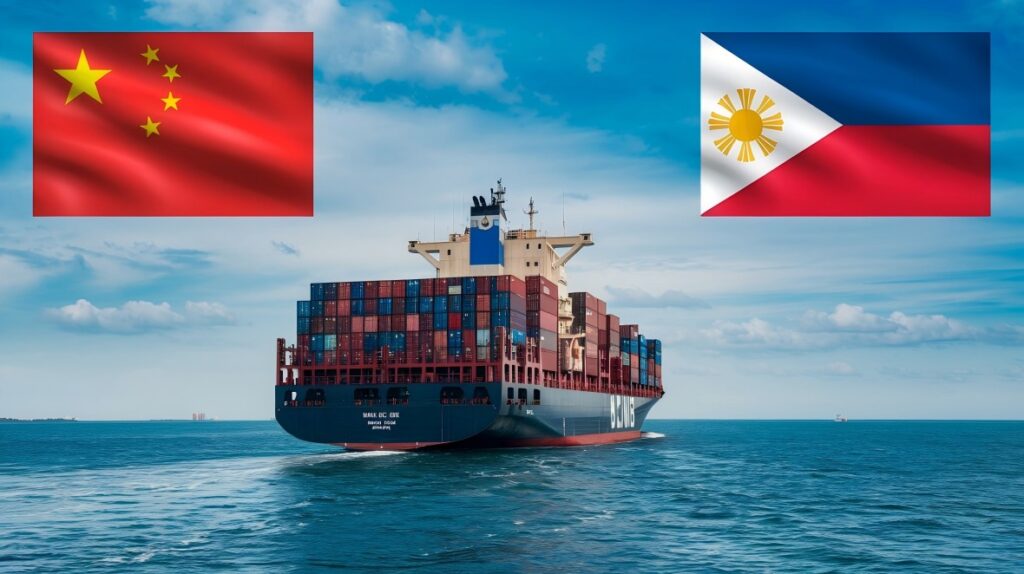
Introduction to Sea Freight From China to Philippines
The trade relationship between China and the Philippines has seen substantial growth over the past decade, making the two countries significant partners in various sectors, including electronics, textiles, and consumer goods.This vibrant trade interaction highlights the necessity for efficient logistics solutions, where sea freight emerges as a favored method for transporting goods across these nations.
Sea freight offers several advantages for shipping goods, particularly for bulk shipments. It presents a cost-effective solution for transporting large volumes of products, with the capability to handle diverse types of cargo, including heavy machinery, vehicles, and raw materials. Additionally, sea freight is often more environmentally friendly compared to air freight, contributing to reduced carbon footprints. The Philippine archipelago provides numerous ports, which, when paired with China’s extensive port network, facilitates smooth transit and distribution of goods.
Understanding Sea Freight Options
Full Container Load (FCL) Shipping
Full Container Load (FCL) shipping is a logistics option where an entire container is used for a single shipment. This method is typically preferred by businesses that have enough goods to fill a container, as it provides several advantages.
Benefits of FCL Shipping
- Cost-Effectiveness: When shipping larger volumes, FCL can often be more economical than other options, as the costs associated with container hire and shipping are spread across the entire load.
- Less Damage Risk: Since the container is exclusively for one shipper’s goods, the risk of damage during transit is significantly reduced, as there is less handling and no risk of mixing with other cargo.
- Faster Transit Times: FCL shipments typically have quicker transit times than LCL shipments, as they are loaded directly onto vessels without the need for consolidation or deconsolidation delays.
Factors Affecting FCL Shipping Costs
Several factors influence the overall costs associated with FCL shipping, including:
- Container Size: Standard container sizes include 20-foot and 40-foot containers, with pricing varying based on the size.
- Shipping Route: The costs can differ depending on the specific route taken from China to the Philippines, with some ports being more expensive than others.
- Additional Services: Services such as customs clearance, marine insurance, and warehouse services can add to the total cost.
- Seasonality: Shipping costs can fluctuate due to demand, port congestion, and seasonal factors.
Less-than-Container Load (LCL) Shipping
Less-than-Container Load (LCL) shipping is an alternative for businesses that do not have enough goods to fill an entire container. This method allows multiple shippers to share a single container, which can be a suitable option for smaller shipments.
Advantages of LCL Shipping
- Flexibility: LCL shipping offers more flexibility for businesses with varying shipment sizes, allowing them to ship smaller quantities without incurring the higher costs associated with FCL.
- Cost-Effective for Small Loads: For businesses shipping smaller amounts of goods, LCL can be more cost-effective compared to paying for a whole container they cannot fully utilize.
- Access to Global Markets: LCL shipping permits businesses to enter international markets without the necessity for large inventories, making it an attractive option for small and medium-sized enterprises.
Considerations for LCL Shipping
When choosing LCL shipping, several factors should be considered:
- Longer Transit Times: Since LCL shipments require consolidation with other cargo, transit times can be longer due to additional handling and waiting for other shipments to fill the container.
- Potential for Damage: Increased handling may raise the risk of damage, as goods from multiple shippers are mixed in a single container.
- Cost per Cubic Meter: While LCL may be cheaper for small shipments, costs can add up when calculated per cubic meter, making it less economical for larger shipments.
When considering options for shipping from China to the Philippines, it is essential to evaluate your specific needs and business model. Both FCL and LCL shipping have distinct advantages and disadvantages that can influence your decision. Partnering with a reliable freight forwarder like Dantful International Logistics can provide you with expert guidance and cost-effective solutions tailored to your shipping requirements. Whether you need comprehensive customs clearance services or warehouse services, Dantful offers a robust, one-stop solution for your international shipping needs, ensuring smooth operations and peace of mind for global traders.
You may be interested in the following related articles:
- Shipping From China To Vietnam
- Shipping From China To Thailand
- Shipping From China To South Korea
- Shipping From China To Philipines
- Shipping From China To Pakistan
- Shipping From China To Japan
- Shipping From China To Indonesia
- Shipping From China To Singapore
- Shipping From China To Malaysia
Top Chinese Seaports for Exports to the Philippines
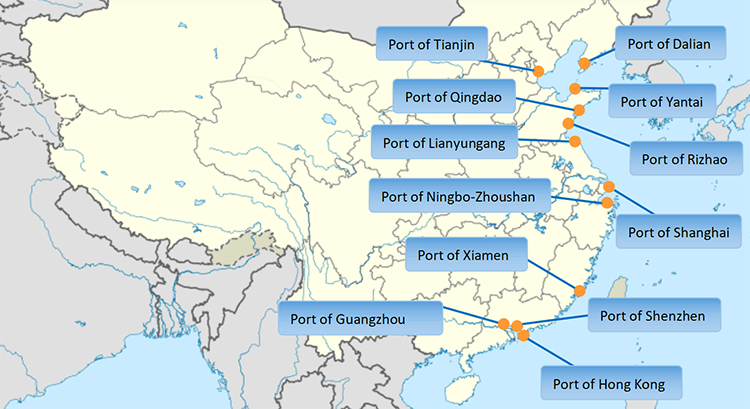
China’s extensive network of seaports plays a pivotal role in facilitating trade with countries around the globe, including the Philippines. Below are some of the top Chinese seaports that serve as key export hubs for shipments heading to the Philippines:
Shanghai
As one of the world’s busiest ports, Shanghai serves as a major gateway for trade. Its strategic location along the Yangtze River Delta enables it to handle a vast volume of cargo efficiently. The port’s advanced logistics infrastructure, including access to rail and road networks, enhances its capacity for bulk export shipments to the Philippines.
Shenzhen
Known for its proximity to Hong Kong, Shenzhen is a prominent port city recognized for its rapid growth and innovation. The port is equipped with state-of-the-art facilities, making it an attractive option for businesses looking to export electronics, textiles, and consumer goods to the Philippines. Its efficiency and speed in processing cargo have made it a preferred choice among exporters.
Ningbo-Zhoushan
Ningbo-Zhoushan port is a global leader in container throughput and an essential hub for trade in East Asia. This port is particularly well-equipped for accommodating larger vessels, which allows for increased shipping capacity. The port’s strategic location along the East China Sea streamlines the logistics process for exports to the Philippines, providing competitive transit times.
Guangzhou
The Port of Guangzhou is well-positioned in the Pearl River Delta, making it a critical center for trade with Southeast Asian nations, including the Philippines. It boasts comprehensive facilities for handling various types of cargo, from bulk goods to containers. Guangzhou’s established manufacturing base further supports its role as a major export hub for goods intended for the Philippine market.
Qingdao
Recognized for its advanced port facilities, Qingdao plays a significant role in China’s maritime trade. Its capacity to handle a diverse range of cargo types, from machinery to agricultural products, makes it a versatile option for exporters. The port’s location near major industrial regions ensures that exporters can quickly move goods destined for the Philippines.
Tianjin
Located near Beijing, Tianjin is one of the largest ports in Northern China and is crucial for facilitating trade with the Philippines. Its strategic location serves as a gateway for northern inland provinces. Tianjin’s well-developed infrastructure, including connections to rail and road transport, enhances the efficiency of cargo handling and shipping processes.
Main Philippines Seaports for Imports
The Philippines, being an archipelago, has several major seaports that serve as critical entry points for imported goods. Understanding these ports is essential for businesses looking to import products from China and other countries.
Manila Port
The Port of Manila is the largest and busiest port in the Philippines, responsible for handling a significant portion of the country’s cargo traffic. It is strategically located in the capital city, making it an ideal hub for distributing imported goods throughout the nation. The port is equipped with modern facilities and has established connections with various international shipping lines, enabling efficient import processes.
Cebu Port
As a key port in Central Visayas, Cebu Port plays a vital role in trade within the region. It serves as a primary entry point for imports coming from various countries, including China. The port’s facilities support both containerized and bulk cargo, catering to diverse import needs. Its strategic location also allows for easy distribution to neighboring provinces.
Davao Port
Located in the southern Philippines, the Port of Davao is crucial for facilitating trade in Mindanao. It handles a variety of goods, including agricultural products and consumer goods. The port’s capabilities make it a valuable entry point for imports from China and other countries, supporting the region’s economic growth and trade diversification.
Batangas Port
Batangas Port functions as a significant maritime gateway for the Calabarzon region and serves as an alternative to Manila Port. It is well-suited for handling bulk and containerized cargo, making it an essential hub for imports. Its strategic location allows for efficient distribution to the southern parts of Luzon and other regions.
Subic Bay Freeport Zone
The Subic Bay Freeport Zone is a former U.S. naval base turned into a freeport and economic zone. The port offers incentives for businesses and is equipped with modern facilities for handling various types of cargo. It serves as a strategic location for importing goods from China, benefiting from streamlined customs procedures and logistical advantages.
These seaports in the Philippines are critical conduits for imports, particularly those originating from China. Companies engaging in international trade can leverage these ports to ensure efficient and effective logistics for their supply chains. Partnering with an experienced freight forwarder like Dantful International Logistics can further enhance the import process by providing tailored solutions, including customs clearance, warehouse services, and insurance services to safeguard shipments.
Sea Freight Shipping Process
The sea freight shipping process involves several critical stages that ensure the safe and efficient transportation of goods from one port to another. Understanding this process can help businesses streamline their operations and anticipate potential challenges. Below are the key steps involved in the sea freight shipping process:
Booking and Documentation
The first step in the sea freight shipping process is booking the shipment with a freight forwarder or shipping line. This stage involves several important actions:
- Quotation Request: The shipper requests a quote from the freight forwarder, providing details about the shipment, including the type of goods, volume, and destination.
- Booking Confirmation: Once the quote is accepted, the freight forwarder confirms the booking, assigning a vessel and specific sailing date.
- Documentation Preparation: Key documents are prepared, including the Bill of Lading, Commercial Invoice, Packing List, and any necessary certificates (such as Certificate of Origin). Accurate documentation is vital to avoid delays during transportation and customs clearance.
Container Loading and Sealing
After all documentation is in place, the next step involves loading the goods into containers:
- Container Selection: The appropriate container type and size are chosen based on the nature and volume of the cargo (e.g., Full Container Load (FCL) or Less-than-Container Load (LCL)).
- Loading Process: Goods are loaded into the container, ensuring proper weight distribution and securing items to prevent damage during transit.
- Sealing the Container: Once loaded, the container is sealed with a tamper-proof seal, which is essential for maintaining security and integrity during transportation.
Ocean Transportation
After the container is sealed, it is transported to the departure port for ocean transportation:
- Port Handling: The container goes through port handling, including loading onto the vessel. This stage may involve multiple handling processes, especially in busy ports.
- Vessel Sailing: The vessel departs on the scheduled date, and the container begins its journey to the destination port. During this phase, the shipper can track the shipment through the freight forwarder’s tracking system.
Customs Clearance in the Philippines
Upon arrival at the destination port, the shipment undergoes customs clearance, a crucial step in the sea freight process:
- Documentation Submission: The freight forwarder submits all required documentation to customs authorities in the Philippines, including the Bill of Lading, Commercial Invoice, and Packing List.
- Duties and Taxes Assessment: Customs officials assess any applicable duties and taxes based on the cargo’s value and nature. The shipper is responsible for paying these fees to ensure the release of the goods.
- Inspection: Customs may conduct inspections of the cargo to verify compliance with regulations and confirm the accuracy of the documents.
Final Delivery to Destination
Once customs clearance is complete, the final stage involves delivery to the designated destination:
- Transporting from Port: The freight forwarder arranges for the movement of the container from the port to the final delivery location, which can involve trucking or rail transportation.
- Unloading: Upon reaching the destination, the container is unloaded, and the goods are delivered to the consignee.
- Final Documentation: The freight forwarder provides final documentation, confirming delivery and ensuring that all contractual obligations have been met.
Factors Affecting Sea Freight Costs
The costs associated with sea freight can vary significantly based on several key factors. Understanding these factors is essential for businesses looking to optimize their shipping budgets and improve overall efficiency.
Container Size and Type
The size and type of container used for shipment play a significant role in determining freight costs. Options include:
- 20-foot and 40-foot containers: Larger containers typically offer better rates per unit of cargo transported.
- Specialized containers: Reefer containers for temperature-sensitive goods or flat-rack containers for oversized cargo can incur additional costs.
Shipping Route and Distance
The shipping route and distance between the origin and destination directly affect freight costs. Factors include:
- Port congestion: Busy ports may result in longer waiting times and increased costs.
- Geographical challenges: Routes that require navigating through congested or adverse weather areas can lead to additional fuel consumption and longer transit times.
Fuel Prices and Surcharges
Fuel prices significantly impact sea freight costs. Fluctuations in fuel prices may result in surcharges, which can vary based on the following conditions:
- Bunker Adjustment Factor (BAF): This is a common surcharge added to offset changes in fuel costs, impacting the overall shipping rate.
- Environmental regulations: Compliance with regulations regarding emissions may require the use of more expensive, low-sulfur fuels, further raising costs.
Customs Duties and Taxes
Customs duties and taxes are essential costs to consider when calculating sea freight expenses. These may include:
- Import tariffs: Fees based on the type and value of goods being imported into the Philippines.
- Value-added tax (VAT): This is levied on the value of imported goods and is an essential consideration for importers.
Insurance and Handling Fees
Insurance is crucial for protecting goods during transportation and may vary based on:
- Value of goods: Higher-value shipments typically incur higher insurance costs.
- Type of coverage: Comprehensive coverage plans may cost more but provide better protection against potential losses during transit.
Handling fees can also influence overall shipping costs, including:
- Loading and unloading fees: Charges for the handling of containers at ports.
- Storage fees: Costs associated with holding cargo at terminals before clearance or delivery.
By understanding these factors affecting sea freight costs, businesses can make informed decisions and better manage their logistics budgets. Partnering with a reliable freight forwarder like Dantful International Logistics can further enhance the shipping experience, offering tailored solutions that accommodate specific needs and challenges in the logistics process.
Tips for Optimizing Sea Freight From China to the Philippines
When importing goods from China to the Philippines, optimizing the sea freight process can lead to significant cost savings and increased efficiency. Here are essential tips to ensure a smoother shipping experience:
Choosing the Right Shipping Partner
Selecting the right shipping partner is crucial for successful sea freight operations. A knowledgeable and reliable freight forwarder can provide insights into the best shipping methods, routes, and costs. Consider the following when choosing a shipping partner:
- Experience and Expertise: Look for a freight forwarder with a proven track record in handling shipments between China and the Philippines.
- Network Connections: Ensure your shipping partner has strong connections with shipping lines and customs brokers, allowing for smoother transit and clearance processes.
- Customer Service: A responsive freight forwarder that offers excellent customer support can help address issues promptly and keep you informed throughout the shipping process.
Proper Packaging and Labeling
Effective packaging and labeling are vital components of the shipping process. Properly packaged goods not only reduce the risk of damage during transit but also facilitate easier handling and compliance with regulations. Key considerations include:
- Quality Packaging Materials: Use durable materials that can withstand the rigors of shipping. Consider moisture-resistant materials for sensitive items.
- Clear Labeling: Ensure all packages are clearly labeled with essential information, including product details, destination, and handling instructions. Accurate labeling is crucial for customs clearance.
- Weight Distribution: Proper weight distribution within containers minimizes the risk of shifting during transit, leading to safer deliveries.
Timely Communication with Stakeholders
Maintaining timely communication with all stakeholders involved in the shipping process is essential for ensuring a seamless operation. This includes:
- Updates with the Freight Forwarder: Regularly communicate with your freight forwarder to receive updates on the shipment’s status and any potential issues.
- Coordination with Suppliers: Keep in touch with suppliers in China to ensure that goods are ready for shipment on time and that any required documentation is accurate.
- Engagement with Customs Brokers: Collaborate closely with customs brokers to ensure compliance with regulations and to expedite the clearance process.
Staying Updated on Regulations and Requirements
Understanding and adhering to the regulations and requirements governing sea freight can prevent unnecessary delays and additional costs. Important aspects to consider include:
- Customs Regulations: Be aware of customs regulations in both China and the Philippines to avoid complications during clearance. This includes understanding duties, taxes, and necessary documentation.
- Shipping Restrictions: Stay informed about any shipping restrictions or changes in regulations that may impact your goods, such as import bans or quality standards.
- Changes in Procedures: Regularly check for updates on shipping procedures, especially in light of changing global trade dynamics, which may affect timelines and costs.
Choosing the Right Sea Freight Forwarder
Selecting the right sea freight forwarder is a critical step in ensuring efficient and successful shipping operations. The right partner not only handles logistics but can also provide valuable industry insight and support. Here’s what to consider:
Qualities of a Reliable Freight Forwarder
When evaluating potential freight forwarders, look for these essential qualities:
- Experience and Reputation: A reputable freight forwarder with extensive experience in international shipping can be invaluable. Check reviews and testimonials to gauge their reliability.
- Comprehensive Services: A forwarder that offers a full range of services, including customs clearance, warehousing, and insurance, can streamline your shipping process.
- Technology Utilization: Modern freight forwarders should leverage technology for tracking, visibility, and communication, ensuring you stay informed about your shipment’s status.
Questions to Ask When Selecting a Forwarder
Before committing to a freight forwarder, consider asking these critical questions:
- What are your shipping rates and fee structures? Understanding the costs upfront can help you budget effectively.
- How do you handle customs clearance and compliance? Ensure they have a robust process for managing customs documentation and regulations.
- What is your experience with shipping to the Philippines? A forwarder familiar with the specific challenges of this route will be better equipped to manage your shipment.
Why Choose Dantful Logistics
Dantful Logistics stands out as a highly professional, cost-effective, and quality-focused freight forwarding partner for global traders. Here are compelling reasons to choose Dantful:
- Expertise in Asian Markets: With a strong foothold in Asia, Dantful has extensive experience managing shipments from China to the Philippines, providing tailored solutions that align with local market dynamics.
- Comprehensive Service Offerings: Dantful offers a full suite of logistics services, including customs clearance, warehouse services, and insurance services, ensuring a one-stop solution for all your international shipping needs.
- Customer-Centric Approach: Dantful is committed to exceptional customer service, providing timely updates and support throughout the shipping process, which helps in addressing any concerns promptly.
By selecting a reliable freight forwarder like Dantful International Logistics, businesses can optimize their sea freight operations, reduce costs, and ensure efficient delivery of goods to the Philippines. Engaging with a trusted partner is crucial for navigating the complexities of international trade and achieving successful outcomes.
Dantful International Logistics Services:
- Dantful Ocean Freight Services
- Air Freight From China
- Amazon FBA Freight Forwarding
- WAREHOUSE Services
- One-Stop Customs Clearance Solution
- Cargo Insurance Services in China
- DDP Shipping Services By Dantful Logistics
- Out of Gauge Cargo Transportation Shipping Services

Young Chiu is a seasoned logistics expert with over 15 years of experience in international freight forwarding and supply chain management. As CEO of Dantful International Logistics, Young is dedicated to providing valuable insights and practical advice to businesses navigating the complexities of global shipping.

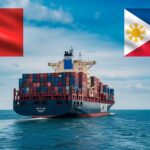


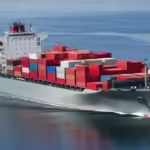
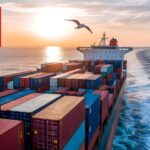
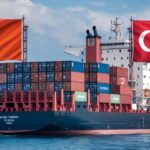
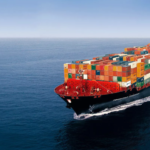
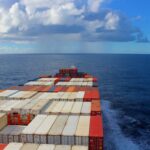
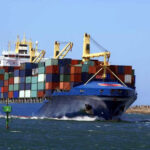

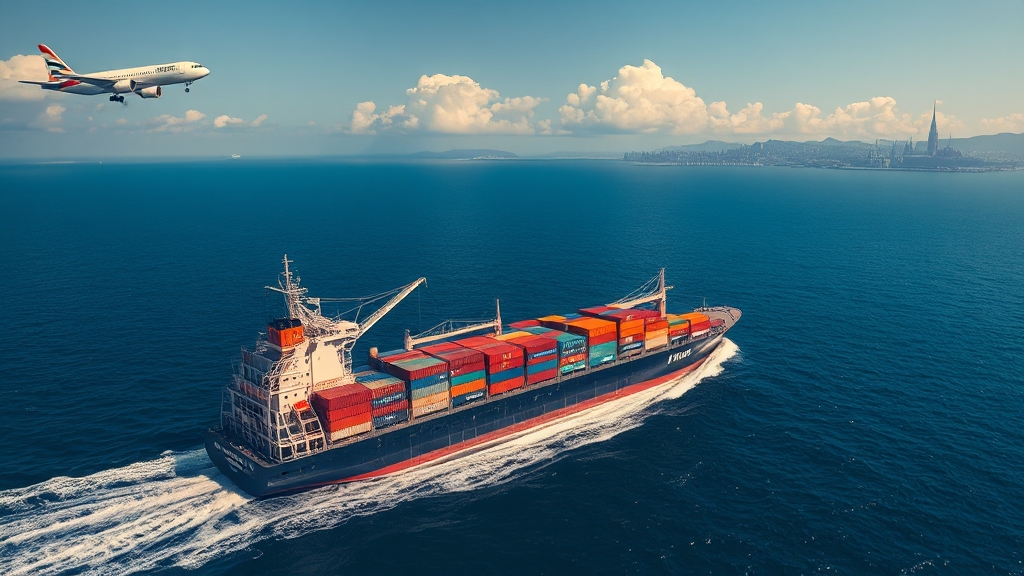
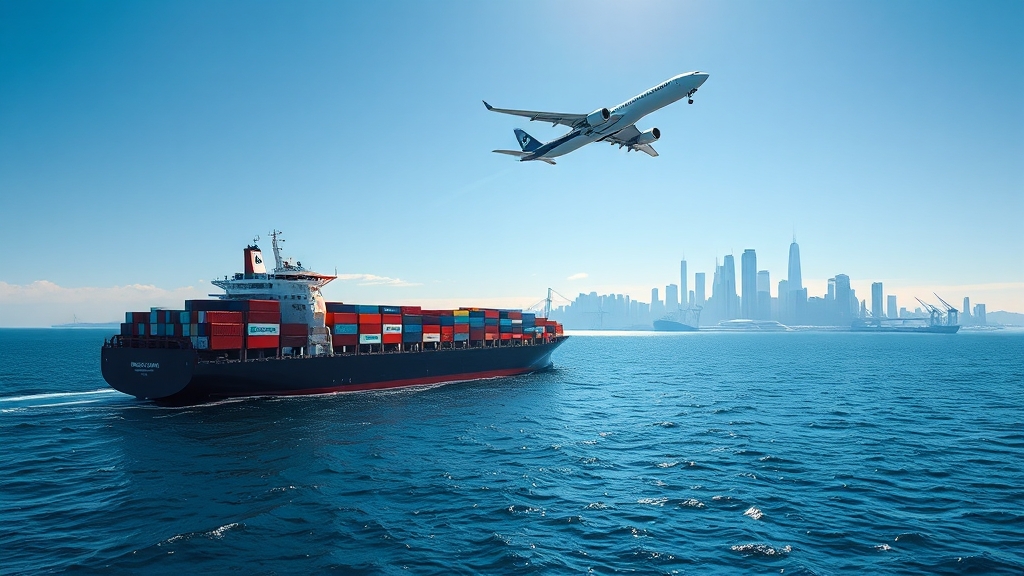
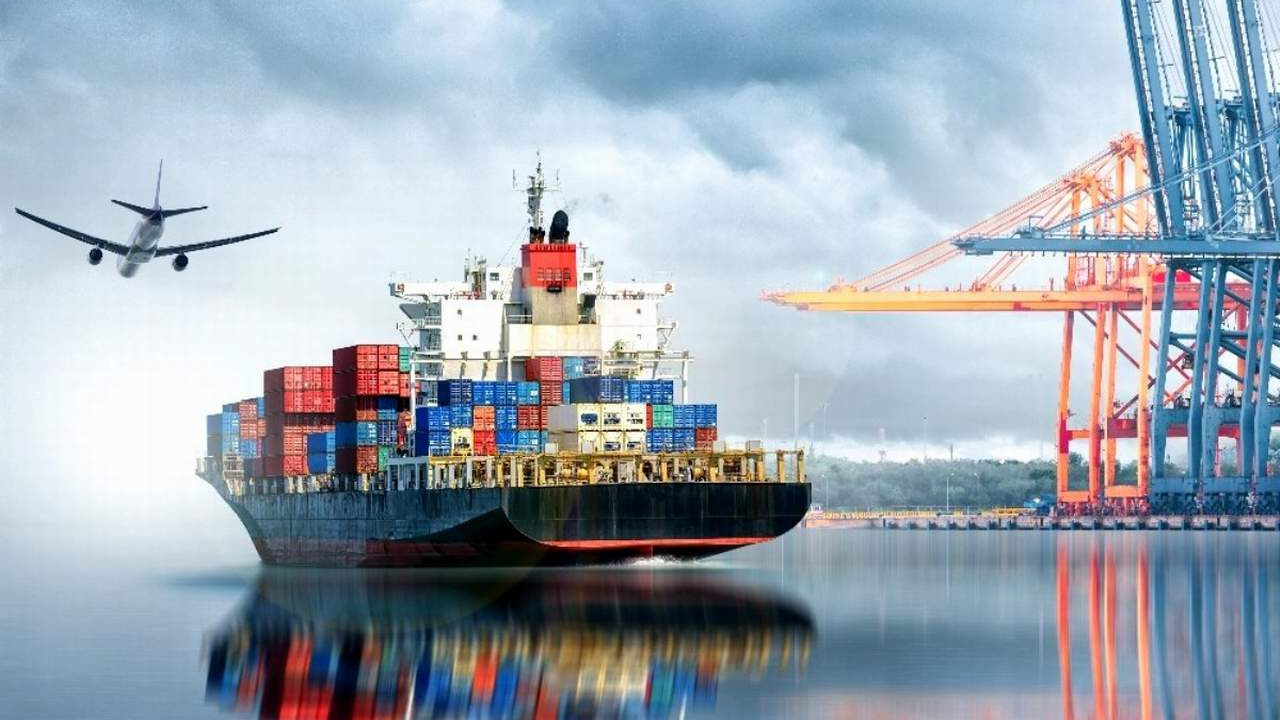
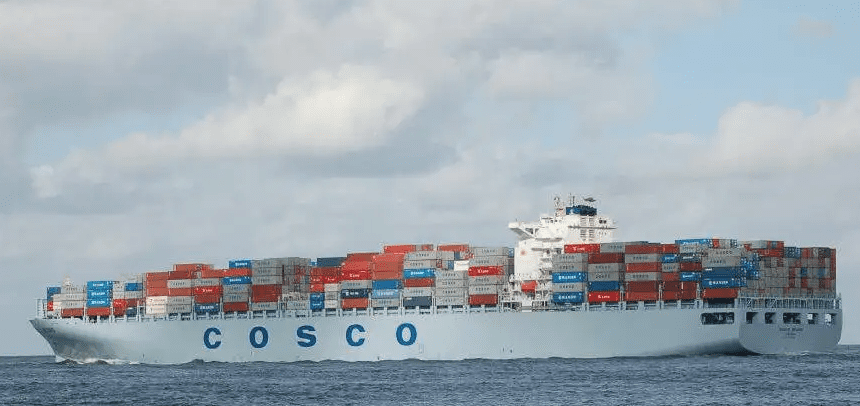
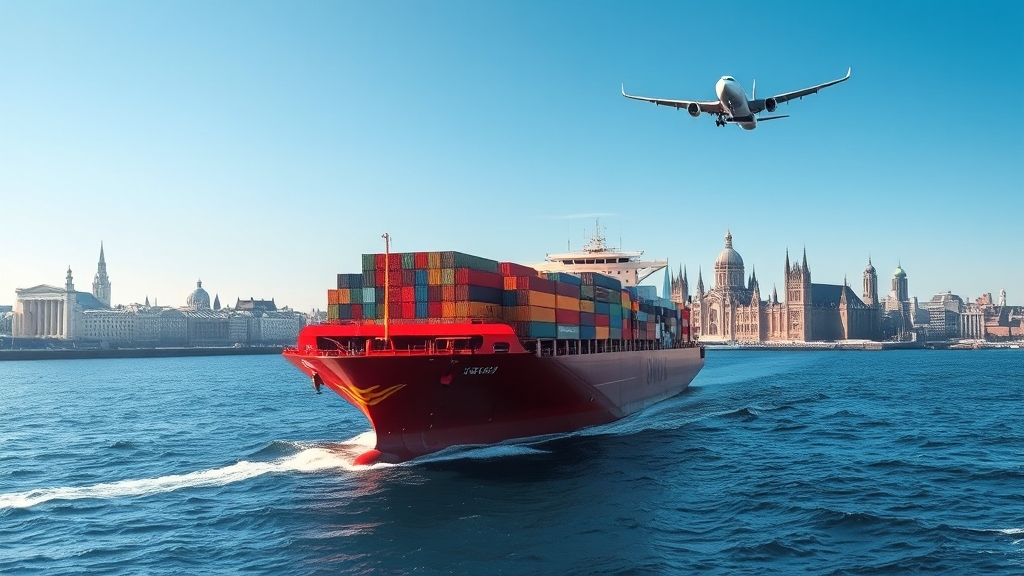





 Afrikaans
Afrikaans Shqip
Shqip አማርኛ
አማርኛ العربية
العربية Հայերեն
Հայերեն Azərbaycan dili
Azərbaycan dili Euskara
Euskara Беларуская мова
Беларуская мова বাংলা
বাংলা Bosanski
Bosanski Български
Български Català
Català Cebuano
Cebuano Chichewa
Chichewa 简体中文
简体中文 繁體中文
繁體中文 Corsu
Corsu Hrvatski
Hrvatski Čeština
Čeština Dansk
Dansk Nederlands
Nederlands English
English Esperanto
Esperanto Eesti
Eesti Filipino
Filipino Suomi
Suomi Français
Français Galego
Galego ქართული
ქართული Deutsch
Deutsch Ελληνικά
Ελληνικά Kreyol ayisyen
Kreyol ayisyen Harshen Hausa
Harshen Hausa Ōlelo Hawaiʻi
Ōlelo Hawaiʻi עִבְרִית
עִבְרִית हिन्दी
हिन्दी Hmong
Hmong Magyar
Magyar Íslenska
Íslenska Igbo
Igbo Bahasa Indonesia
Bahasa Indonesia Gaeilge
Gaeilge Italiano
Italiano 日本語
日本語 Basa Jawa
Basa Jawa ಕನ್ನಡ
ಕನ್ನಡ Қазақ тілі
Қазақ тілі ភាសាខ្មែរ
ភាសាខ្មែរ 한국어
한국어 كوردی
كوردی Кыргызча
Кыргызча ພາສາລາວ
ພາສາລາວ Latin
Latin Latviešu valoda
Latviešu valoda Lietuvių kalba
Lietuvių kalba Lëtzebuergesch
Lëtzebuergesch Македонски јазик
Македонски јазик Malagasy
Malagasy Bahasa Melayu
Bahasa Melayu മലയാളം
മലയാളം Maltese
Maltese Te Reo Māori
Te Reo Māori मराठी
मराठी Монгол
Монгол ဗမာစာ
ဗမာစာ नेपाली
नेपाली Norsk bokmål
Norsk bokmål پښتو
پښتو فارسی
فارسی Polski
Polski Português
Português ਪੰਜਾਬੀ
ਪੰਜਾਬੀ Română
Română Русский
Русский Samoan
Samoan Gàidhlig
Gàidhlig Српски језик
Српски језик Sesotho
Sesotho Shona
Shona سنڌي
سنڌي සිංහල
සිංහල Slovenčina
Slovenčina Slovenščina
Slovenščina Afsoomaali
Afsoomaali Español
Español Basa Sunda
Basa Sunda Kiswahili
Kiswahili Svenska
Svenska Тоҷикӣ
Тоҷикӣ தமிழ்
தமிழ் తెలుగు
తెలుగు ไทย
ไทย Türkçe
Türkçe Українська
Українська اردو
اردو O‘zbekcha
O‘zbekcha Tiếng Việt
Tiếng Việt Cymraeg
Cymraeg יידיש
יידיש Yorùbá
Yorùbá Zulu
Zulu